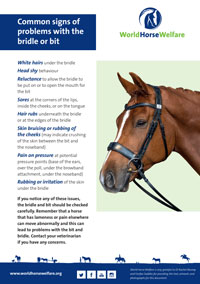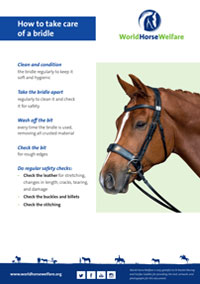Did you know that the design and fit of a bridle almost certainly affects how comfortable a horse is and how well they perform?
This is because the bridle can put excessive pressure on various parts of the head when the horse is standing still, moving, or swallowing. In addition, important structures in the head are connected to the breastbone (sternum) and the forelimbs. So, if we pay attention to how bridles are designed and fitted, this is likely to make horses more comfortable – and help them to move better.
To help you achieve a better-fitting bridle, we have put together a guide on what to look for when choosing and fitting a bridle. Developed with the help of Dr Rachel Murray, formerly of the Animal Health Trust, these evidence-based guidelines cover every part of the bridle, going into detail on issues that you may not have considered before.
Bridle fit guidelines
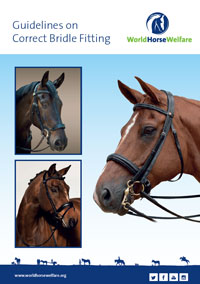
The guidelines emphasise the two main aims of good bridle design and fit:
- Minimising pressure
- Maximising stability.
So we want the bridle to stay as still as possible, whilst putting the minimum amount of pressure on key structures and nerves on the head.
To achieve this, we need to consider the general shape and function of horses’ heads. For example, where are the bony protrusions? Which parts of the head move when the horse swallows? We also need to think about each horse’s individual head shape – horses’ heads differ in size and relative proportion. This means that no one style or make of bridle will fit every horse.
Download our bridle fit guides
The guidelines cover all of the main factors that we should consider in every horse when choosing and fitting a bridle. They have also been condensed into three one-page documents that cover the essential information on:
- Features of a well designed and fitted bridle
- Common signs of problems with the bridle or bit
- How to take care of a bridle.
Features of a well-designed and fitted bridle
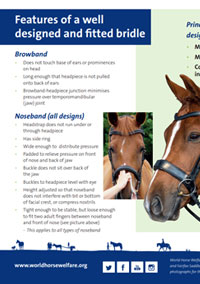
This poster covers:
- The core principles of good bridle fit
- How to check each part of the bridle is correctly fitted
Common signs of problems with bridles and bits
Bridle care
Webinar: Bridle fit – why getting it right is so important
Catch up with our Welfare Wednesday Webinar on bridle fit, with Dr Rachel Murray and Di Fisher, Society of Master Saddlers Master Saddle Fitter and Bridle Fitter.
Popular advice in Health
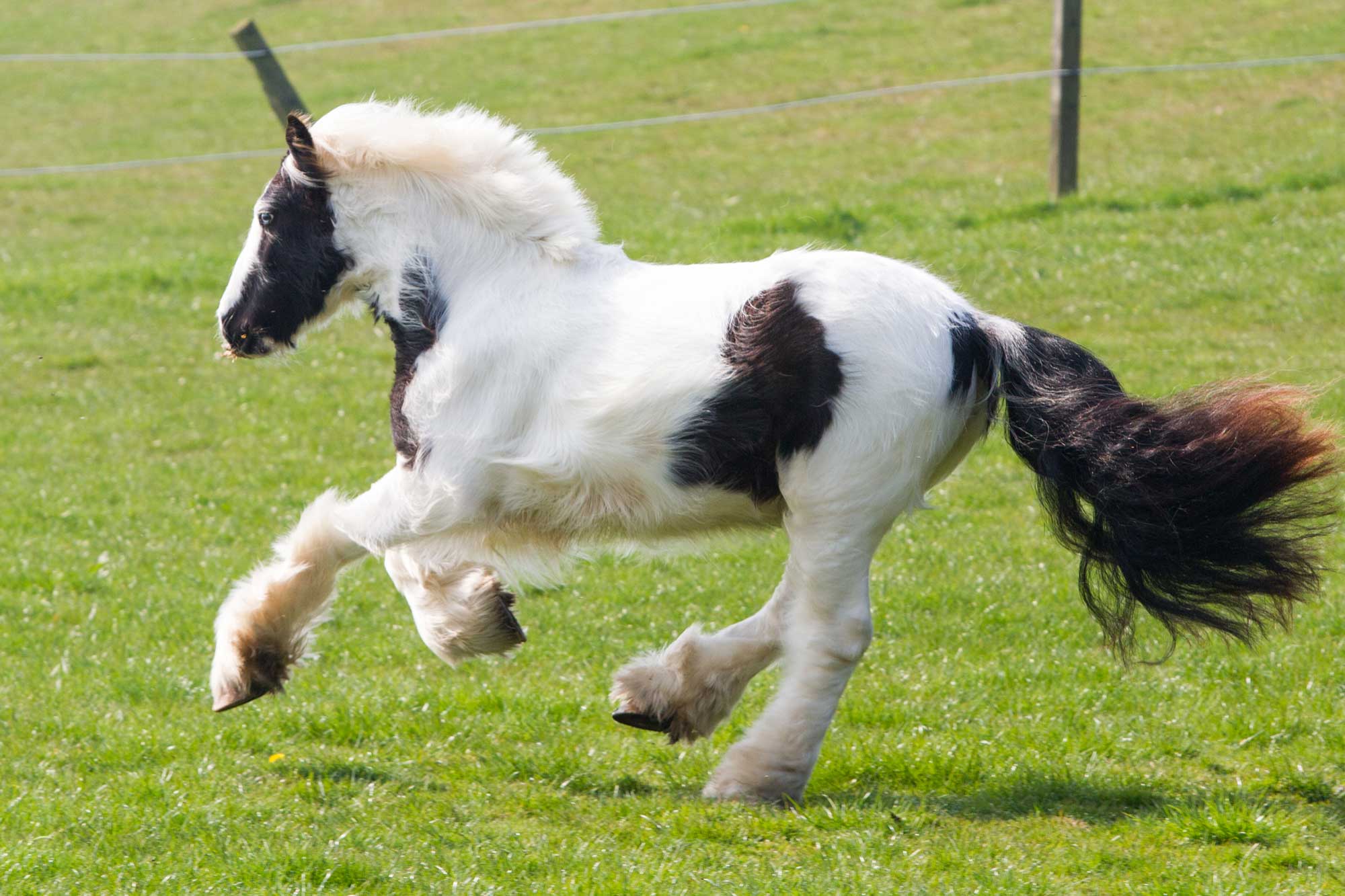
Mites: how to treat them in horses
Find out how our experienced teams tackle this itchy problem in affected horses and ponies.

Sweet itch
Sweet itch is one of the most common allergic skin diseases affecting horses in the UK - learn how to prevent and manage it.
Other advice categories
All webinar categories:
Call our Advice Line
+44 (0)1953 497 238Not found the advice or answer you were looking for here? Then our Advice Line is available during office hours, or you can email us on education@worldhorsewelfare.org to let us know what topics you were looking for.


